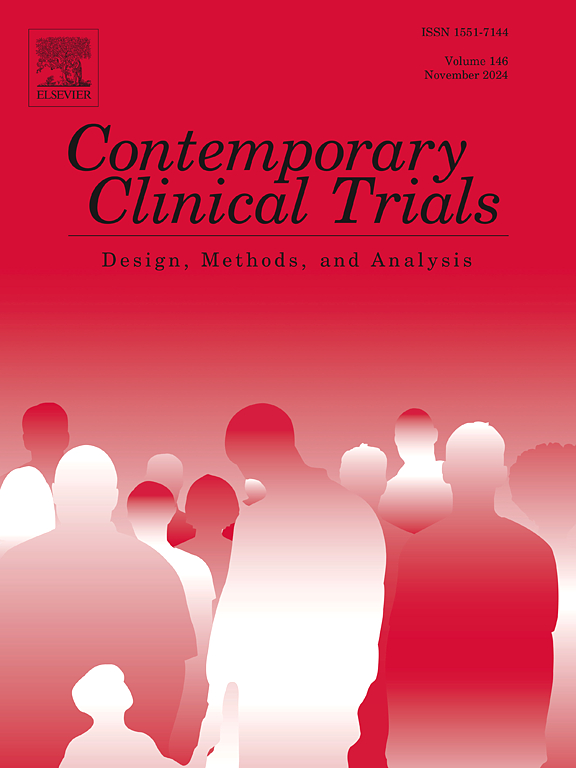Causal mediation framework for understanding and communicating estimands and analysis strategies in clinical trials
IF 1.9
3区 医学
Q3 MEDICINE, RESEARCH & EXPERIMENTAL
引用次数: 0
Abstract
Estimands, introduced in the ICH E9(R1) Addendum, are deeply rooted in the causal inference framework, its widespread implementation and the engagement of functional stakeholders in a clinical trial are in progress. Nevertheless, communicating the estimands to various stakeholders in an easy-to-understand way poses some challenges, the tools used in the causal inference such as counterfactual outcome, directed acyclic graph (DAG), and single-world intervention graph (SWIG) have started to play a valuable role in defining, identifying, and communicating estimands across functional stakeholders. However, a pragmatic question remains: what type of (treatment) effect that the estimand is endeavoring to estimate in handling an intercurrent event? The causal mediation framework sheds light on establishing the connection between estimand and type of effect, and provides an instructively streamlined decision workflow to select the proper analysis strategy for an interested ICE. We elaborate on this connection in detail and hope it can further enhance and facilitate the understanding of estimands and the communication with different stakeholders in a clinical trial.
理解和沟通临床试验评估和分析策略的因果中介框架。
ICH E9(R1)附录中引入的评估深深植根于因果推理框架,其广泛实施以及临床试验中职能利益相关者的参与正在进行中。尽管如此,以一种易于理解的方式向各种利益相关者传达评估带来了一些挑战,因果推理中使用的工具,如反事实结果、有向无环图(DAG)和单世界干预图(SWIG),已经开始在定义、识别和跨功能利益相关者传达评估方面发挥有价值的作用。然而,一个实用的问题仍然存在:在处理交互事件时,评估者正在努力评估哪种类型的(处理)效果?因果中介框架阐明了在估算和效应类型之间建立联系,并提供了一个有指导意义的简化决策工作流,以便为感兴趣的ICE选择适当的分析策略。我们对这一联系进行了详细的阐述,希望能进一步加强和促进临床试验中对估算的理解和与不同利益相关者的沟通。
本文章由计算机程序翻译,如有差异,请以英文原文为准。
求助全文
约1分钟内获得全文
求助全文
来源期刊
CiteScore
3.70
自引率
4.50%
发文量
281
审稿时长
44 days
期刊介绍:
Contemporary Clinical Trials is an international peer reviewed journal that publishes manuscripts pertaining to all aspects of clinical trials, including, but not limited to, design, conduct, analysis, regulation and ethics. Manuscripts submitted should appeal to a readership drawn from disciplines including medicine, biostatistics, epidemiology, computer science, management science, behavioural science, pharmaceutical science, and bioethics. Full-length papers and short communications not exceeding 1,500 words, as well as systemic reviews of clinical trials and methodologies will be published. Perspectives/commentaries on current issues and the impact of clinical trials on the practice of medicine and health policy are also welcome.

 求助内容:
求助内容: 应助结果提醒方式:
应助结果提醒方式:


